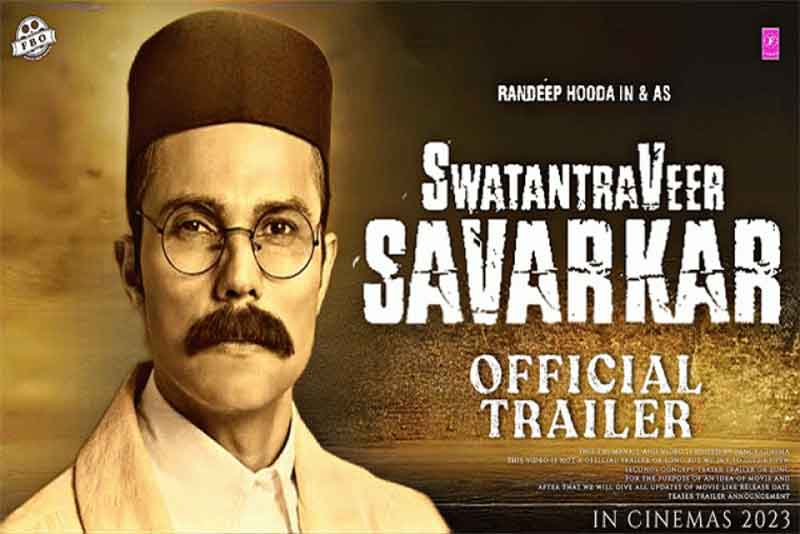
Art and culture in society are so interlinked that it is impossible to understand one wholly without considering or alluding to the other. Art influences culture and vice versa, and this in turn leads to the creation of what becomes identified in the future as tradition. The various, almost uncountable, indigenous cultures in India are mostly geographically defined. Their customs, beliefs, and traditions, like anywhere else in the world, are largely constructed as an effect of their relationship with nature and cultural transactions with neighbouring communities; these in turn have an impact on their daily life. Music becomes an important part of the traditions, and some specific musical instruments become important for the tribes and communities, and gradually, the instruments end up becoming a cultural symbol. In the indigenous Mizo community, one such musical instrument is the Khuang.
The Khuang is a percussion instrument, slightly resembling the tabla. Every single traditional Mizo folk song requires the Khuang. It has also retained its position as an integral part of several traditional ceremonies, including Church services and funerals. In his book Material Culture of the Mizo, Lianhmingthanga says that the Khuang was introduced in the Mizo community as a result of cultural diffusion and assimilation with the Chinese and the Burmese people somewhere between the 9th and 13th centuries AD, when cultural exchanges would take place between these regions. The Khuang has had a turbulent history, reflecting in many ways the turbulent history of the North-east Indian states since the Partition of 1947. Joshy Joseph’s documentary film Mizo Soundscapes, produced in 2020 by Smita Vats Sharma and Films Division India in collaboration with the students of the Department of Mass Communication, Mizoram University, touches upon the Khuang’s socio-cultural (and even political) history in Mizoram.
Mizo Soundscapes is about this musical instrument. But rather than familiarising the viewers with the instrument through an expository format, Joseph opts for something singularly fascinating, making the film an autobiographical account of the Khuang.
The Khuang narrates its own story through a human voice, personified as a girl. Verbal exposition, however, is minimal, and has been done using a kind of poetic diction. The drum’s presence in Mizoram’s history and its sociocultural significance are reinforced visually. And this is one of the strongest and most distinguishable features of the film.
The only simple adjective that comes to mind for describing the visuals would be “stunning.” Cinematographer Manesh Madhavan does an incredible job in making the viewers not only see but also feel what is shown on the screen. The shot compositions make the visuals almost tangible. For example, the very first shot of the film is an extreme close-up of the drum’s membrane. It lingers on the surface for a while as we get to hear the drumming sounds of the Khuang. But since the drum is not shown prior to this, we do not completely understand what this is yet. The colours and contours, however, give us an idea about the texture of the surface. Before a concrete idea could set in, the shot cuts to an overhead shot of a playground with children playing in it. The colour of the ground is the same as the colour of the surface shown in the previous shot. The drumming sounds are still heard. Then, it cuts back to the previous shot, but this time, we see a percussion mallet hitting the surface, creating the drumming sound, thus introducing us to the drum.
In the very first scene, the use of sound in the film stands out. Complying with its title, the film employs a play between diegetic and non-diegetic sounds to design the soundscape.
The editing (done by Ashish Nandy), the long takes, and the shot compositions not only dictate the film’s pace but also regulate the viewing experience, as it calls for a slow, meditative absorption of the visuals and sounds. The wide shots with aesthetically pleasing mise en scene remind me of the compositions of Apichatpong Weerasethakul and even Wes Anderson. The aerial shots, on the other hand, make the landscape appear grand and somewhat mystical.
There are multiple shots of window frames throughout the film. Human subjects are positioned within the frames or they are seen to interact with them (by looking out the windows, for instance); this not only creates an interesting frame-within-a-frame image, but also refers to the act of looking and simultaneously being looked at – while the Mizo people (and the audience) observe the drum, it, too, is aware of them, and looks back at them. It has been an observer of all of Mizoram’s socio-political changes, and has also been a part of it, which is further implied by the use of archival footage in the film.
Mizo Soundscapes could be categorised as an experimental documentary, which refers to a kind of documentary film that goes against the known, traditional format of the medium as we know it, and focuses on disseminating ideas, invoking emotions, or creating moods based on pure visuals and sounds. This provides the film a certain degree of ambiguity, but what seem like abstractions at first slowly start to make sense as the viewer gets more immersed into the presentation. I would describe this film by calling it a visual lyric, and it is arguably one of the best experimental documentaries made in the past couple of decades.
Aditya Modak is a film scholar, author, and filmmaker from Tripura.
















































